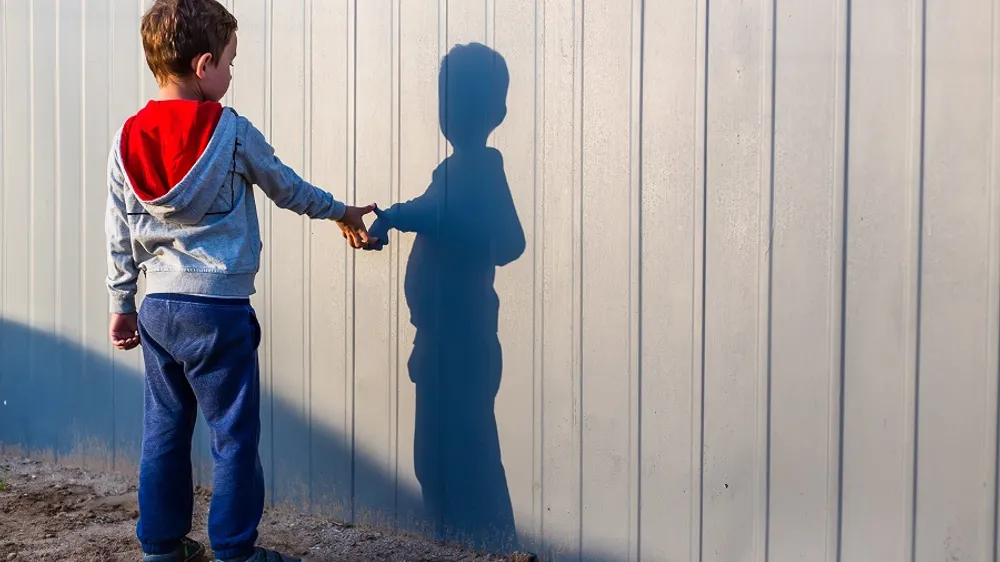
How the rise of autism and ADHD fractured Australia’s schools
In Australia, nearly one million schoolchildren are now recognized as having a disability, accounting for one in four enrollments. While some families have given up on the system, most are attempting to make it work, with almost 90% of students with a disability still enrolled in mainstream schools. The number of students reported to have a disability is growing at lightning speed, jumping almost 40% since 2017. Social or emotional disabilities have grown at almost 10% a year, compared to an enrollment growth of 1% a year over the same period. Many families are in upheaval, quitting jobs to homeschool, or shifting schools to try to find somewhere that works.
A review of the National Disability Insurance Scheme (NDIS) last year recommended that more disability support be provided outside the scheme, including in schools. There is widespread concern among the states and disability advocates about how this will work in practice, given the strain the education system is under.
An analysis of the available statistics by Guardian Australia shows that disabled children are receiving about half of the more than 200,000 suspensions handed out by government schools each year. A survey conducted in the lead-up to a 2022 Senate inquiry into school refusal found a significant link between disability and school avoidance. For children struggling with "school can’t," 73% had a neurodevelopmental disability diagnosis, and a further 10% were suspected or were seeking a disability diagnosis.
A report from Autism Awareness Australia found that 35% of families were refused or discouraged against enrollment for their autistic child, while 16% of autistic children reported being "very unhappy" at school. A record 40,000 children are now being homeschooled in Australia—double the rate before the pandemic in 2019. School attendance and retention rates remain on a trajectory of long-term decline.

